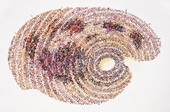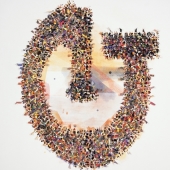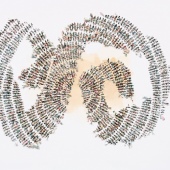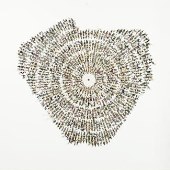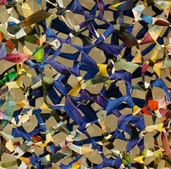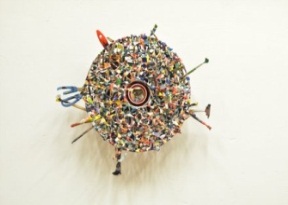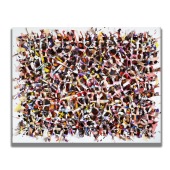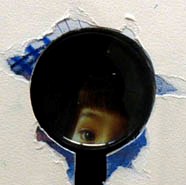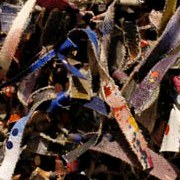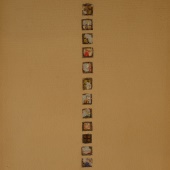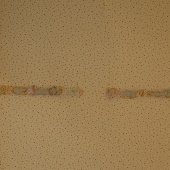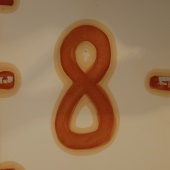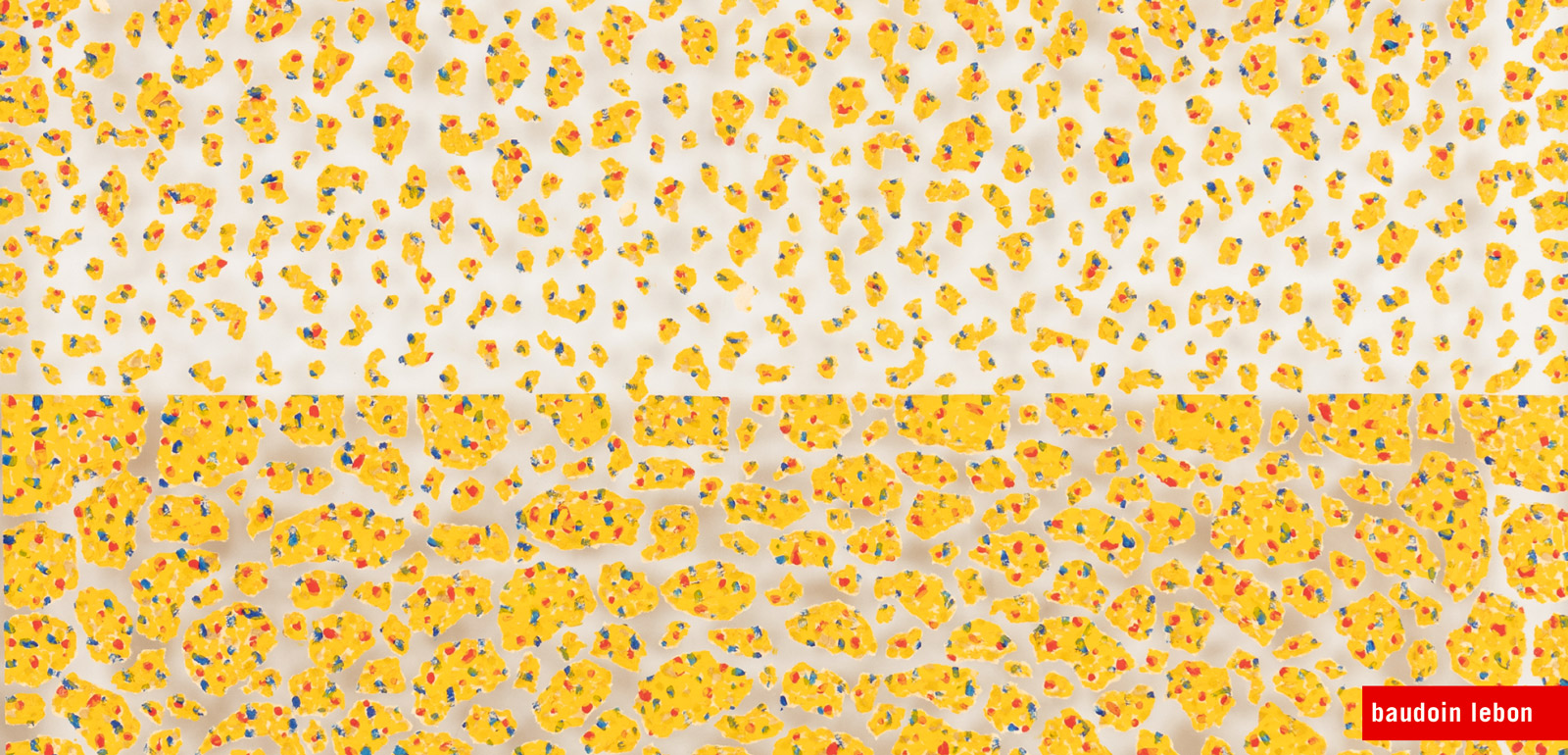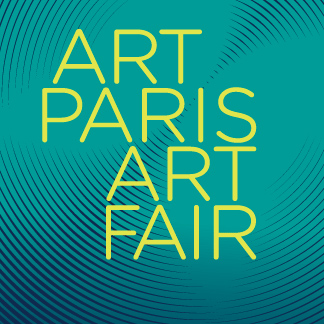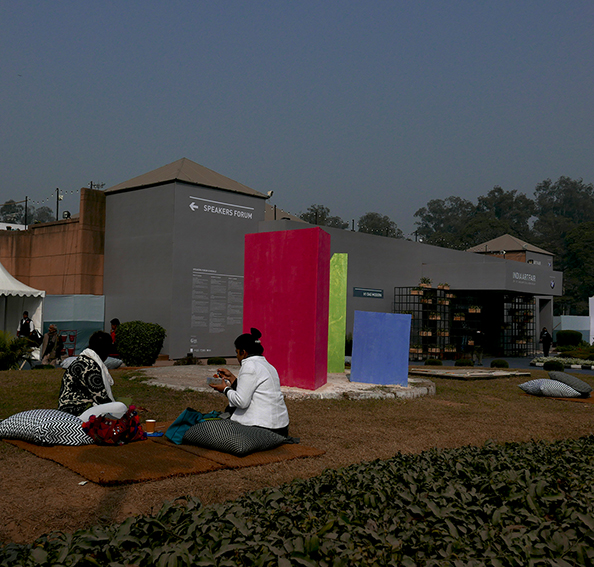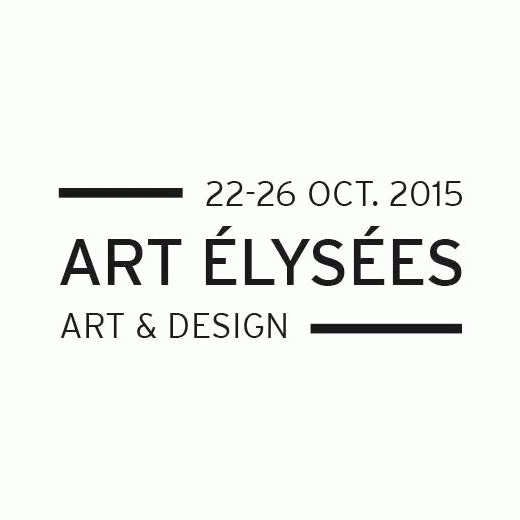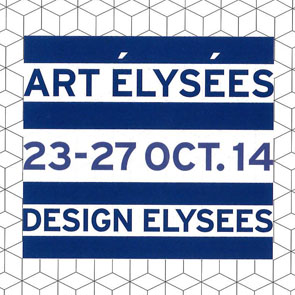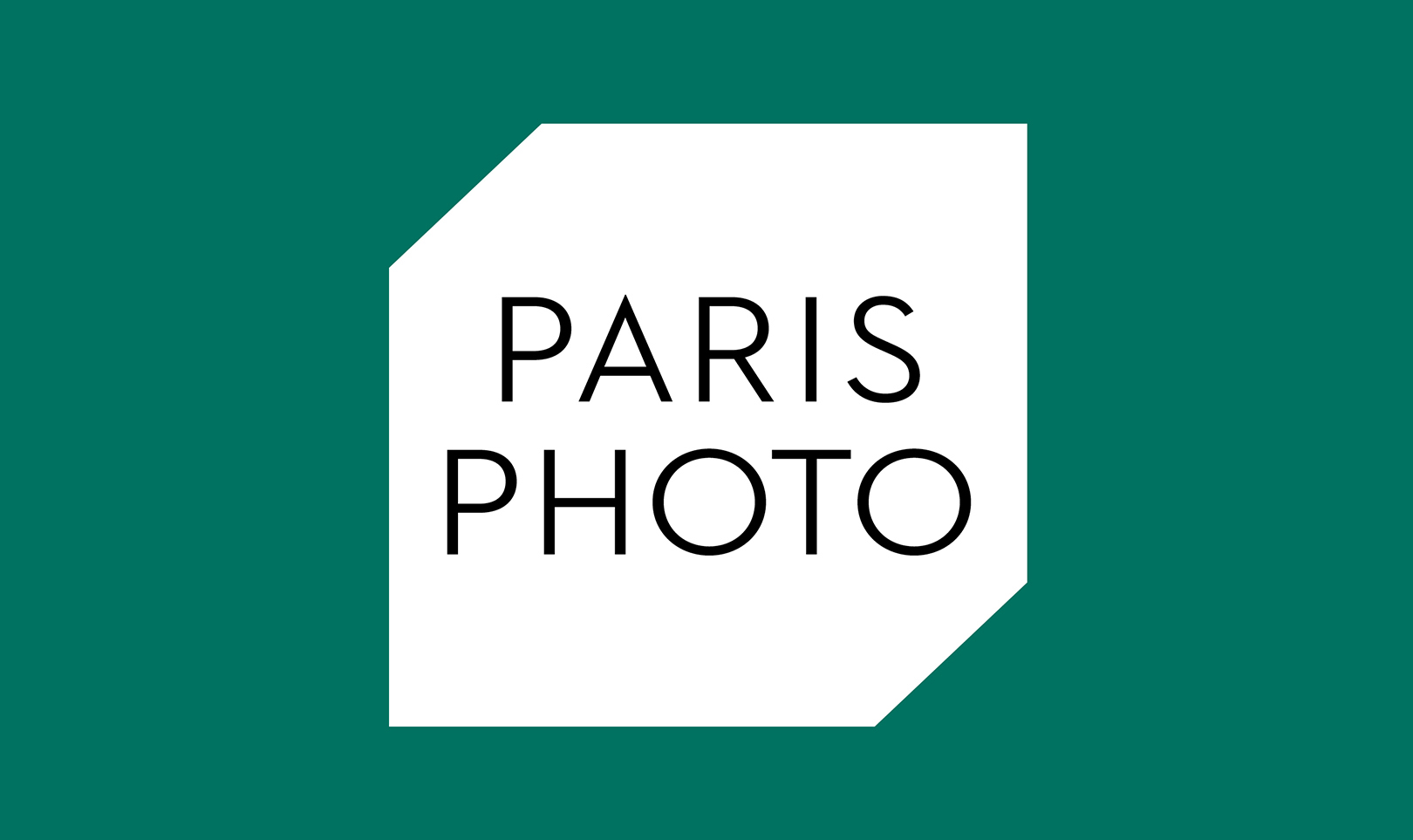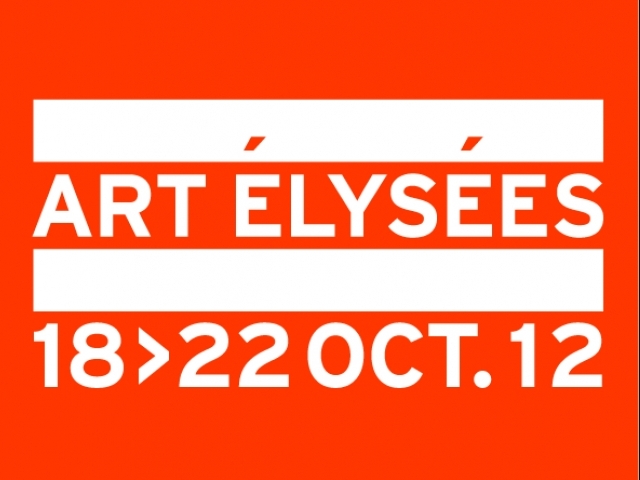Sung-Hy SHIN
Introduction
Born in 1948 in Ansan, Korea, Shin Sung-hi majored in painting at Hongik University before moving for Paris in 1980.
Shin's steadfast inquiry into the nature of painting is evident in his enduring experimentations with painting's two-dimensionality and materiality. He grappled with issues such as the flatness of the canvas, the physicality of pigments, and the limitation of the canvas frame, culminating. In the invention of his nouage method of weaving and knotting painted strips of canvas.
His earlier works of the mid-1970s and early 1980s used jute as the surface material of the canvas and depicted the back of the canvas in a hyper-realistic manner. These depictions of the jute itself augmented the viewer's perception of the weave in the painting's actual support and display the artist's unique interpretation of the medium that is painting.
In the 1980s, the artist presented collage works that consisted of torn coloured cardboard pieces glued onto a piece of plexiglas in a wooden frame. When the work is hung on the wall, the projected shadow allows for a duplication and a transformation into volume. Shin's painting seems to preserve an ambiguity between plane and volume.
In the 1990s, he began his « Solution de continuité » series in which he cut coloured canvases into strips only to reassemble them and sew them back together. Seams are exposed and margins are coarsely cut so that the effects of lights and shades would play on them in works that also achieve relief and become three-dimensional.
Finally, in the 1990's through to the 2000's Shin continued his journey via his « Nouages » series of works. His explorations resulted in the nouage technique for which he is most known. In these works, the artist coarsely painting both sides of the canvas and would rip the material into thin strips thus denying and dismantling the painted surface. By weaving and knotting the strips together, Shin reconfigured the materials into new paintings consisting of a monochromatic expanse of white with knotted colors. As a result of this technique, the weaved canvas of knots and holes become a three-dimensional relief destroying the flat surface raising the canvas itself from the background of painting to a work of art itself. In this relief, textured lines, planes and solids coexist within this pictorial sculpture or sculptural painting thus disturbing the identity of singular genres – a significant achievement of pictorial revolution.
The artist had strived for all his life to remain a painter, while refusing to remain within the traditional boundaries of painting. In his works, he never stopped deconstructing and reconstructing.
Shin held a number of solo exhibitions in South Korea and abroad until he died in 2009. Based in France, he also participated in group exhibitions held in European cities such as Zürich and Paris. His works are part of national and international institutions such as the National Museum of Modern and Contemporary Art of Korea, Seoul Museum of Art, Busan Museum of Art, Daegu Art Museum, National Foundation for Contemporary Art France, UNESCO and many others.
Biography
Solo exhibitions (selected)
2016
- Shin Sung-Hy, baudoin lebon, Paris, France
2009
- Proarta Gallery, Zurich, Switzerland
1997
- baudoin lebon, Paris, France
1996
- FIAC, with baudoin lebon, Paris, France
1995
- Shinsegae Hyundai Art Gallery, Seoul, South Korea
public collections
- National Fund of Contemporary Art (FNAC), France
- National Museum of Contemporary Art, South Korea
- Art Museum, South Korea
- UNESCO, Paris, France
- Whanki Museum, Seoul, South Korea
- Hanlim Museum, Seoul, South Korea
- Artsonje Museum, Gyeongju, South Korea
- Seoul Museum of Art, South Korea
- Busan Museum of Modern Art, South Korea
- Art Center Moulin, Chartres, France
- Deajeon Municipal Museum of Modern Art, South Korea
- Total Museum of Contemporary Art, Seoul, South Korea
- Hansol Museum, Seoul, South Korea
- Posco Foundation, Seoul, South Korea





